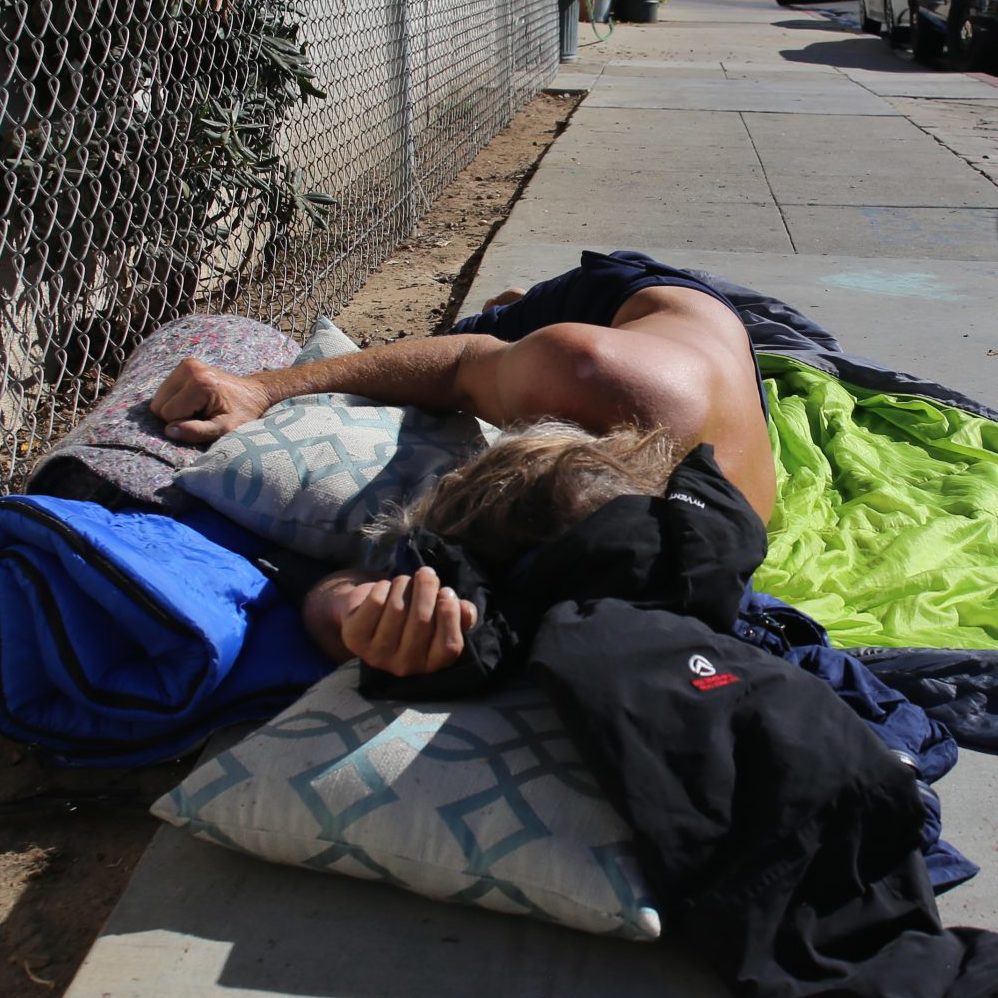In the mid 1980s, I lived in Traverse City, Michigan, where I was a student at Great Lakes Maritime Academy. In the downtown, there was a diner eponymously named for its proprietor, head waitress, hostess, and friend to everyone, Stacy. Like a thousand diners in a thousand small towns, Stacy’s had a counter on one side and a row of booths down the other. The food was plentiful, good, and cheap and it was one of the few spurges I allowed myself on my student budget.
Stacy had to be in her late 60s and was a remarkable person to watch. Loud without being offensive, she was always in motion, yet still found time to say hi to frequent customers or have a quick chat. She had a big heart and often hired the developmentally disabled and former patients of the nearby state mental hospital.
The cash register, an old mechanical model, was near the front door. Stacy rarely touched it. Her customers were expected to take their check to the register, strike the correct keys, pay, and make change themselves. Stacy only accepted cash. In my many visits, I only saw Stacy catch someone shorting the till once. There was no need to call the police – the public tongue lashing she gave the would-be-thief sent him out the door in obvious shame.
Stacy has long since passed away, her good food, generosity, system of justice, and faith in her customers are just a memory. Hers was a faith based on the premise that people who were trusted would live up to Stacy’s trust.
Today that trust feels more distant than ever.
Retailers refer to missing inventory as shrinkage. Shrinkage is a function of lost inventory due to damage and spoilage, loss in transport, fraud, and employee and customer theft. There is some debate as to what the total loss number is, but different organizations place it at between $45 and $95 billion nationally. Add to that the amount of money spent on private security officers, inventory control devices, surveillance systems, and it’s not hard to see that the financial struggles facing any business are large.
In California, today’s main streets and shopping districts are challenged by the cascading consequences of the last decade’s shift in criminal justice policies to focus on offenders and not victims. Offenders believe they are entitled to steal what they want as the “victims” are not people at all but giant corporations with bottomless coffers. Or they’re the drug addicted, left to survive on the streets by a state that at the same time abhors prisons and jails, but would willingly leave its residents to die in the streets due to the morally bankrupt idea that a free addict is somehow better off than a housed inmate getting treatment.
Today’s prison system is no paradise and much better rehabilitative programs are needed. But California State Prison inmates have a nearly 40 percent lower mortality rate than the general population.
People addicted to dangerous drugs are not rational beings. They are not the friends one sees at parties drinking a glass of California chardonnay and smoking marijuana or doing a line of coke. Drugs like methamphetamine and opiates like heroin or fentanyl will make men abandon their families, mothers abandon their children. It will make moral people prostitute themselves, turn honest people into thieves. Worse, addicts will wallow in the excrement and filth of their existence because the drugs are just that powerful.
Many of the addicts have a dual diagnosis. They are mentally ill and addicted. Without treating their addiction, any effort to use medication to address their mental illness is as ineffective as the psychotropic medications and recreational drugs are contraindicated. In the majority of cases, treatment cannot be managed on an outpatient basis with the homeless population.
Take the case of John Bedell. I know his family.
Bedell suffered most of his life from mental illness. Much of the time, he could function normally. But when Bedell started using high THC content marijuana, his mental health medications were no longer effective – consequently sending him into psychotic episodes. This cycle continued for years until during one break with reality – he drove all the way from Hollister, California to Washington, DC where he attempted to shoot his way into the Pentagon and was killed by defending officers.
Most people suffering from a dual diagnosis are not going to attempt to kill someone. But they can be violent and incredibly prolific thieves. One opiate addict is easily capable of inflicting $100,000 in thefts per year to support their addiction.
To that end, it was welcome news indeed when a bipartisan group of California Assembly members led by Al Muratsuchi, wrote and co-sponsored AB 1708, which would make it possible to charge serial thieves with a felony for repeat offenses. For many thieves, the possibility that they will be arrested, booked, and prosecuted will have a deterrent effect. For others, it will provide the supervision they need to be properly treated. AB 1708 is supported by the California District Attorneys Association, the California Police Chiefs Association, and retail trade associations.
Similarly, California has begun its program of Care Courts. These are courts that will enforce treatment programs for those people in the trap of addiction and or mental illness who cannot succeed on their own and who need a supervised program that is not incarceration yet provides court ordered and monitored programming and progress.
Both are a step in the right direction.
Steve Smith is a senior fellow in urban studies at the Pacific Research Institute, and is the author of the new PRI study on California’s growing crime trend, “Paradise Lost.”

